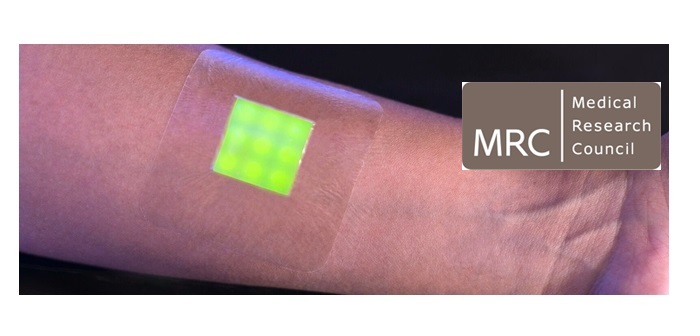A ‘smart’ medical dressing that changes colour when it detects infection will not only improve treatments for burns patients but could also help combat the problem of antibiotic resistance by reducing the unnecessary use of antibiotics, according to the Medical Research Council (MRC).
Developed by scientists at the University of Bath, the colour-change dressing works by releasing fluorescent dye from nanocapsules, triggered by the toxins secreted by disease-causing bacteria within a wound. From an antibiotics perspective it means treatment will only be given when really necessary.
“It is currently extremely difficult for doctors to diagnose infections quickly and at the patient’s bedside,” said MRC. “Existing methods take up to 48 hours and require removing the wound dressing (from a burn) which is painful and distressing for the patient and may result in slower healing and potentially life-long scarring.
“Due to this time delay, when a child with a burn shows symptoms of a possible infection, the clinician often has to treat them with antibiotics as a precaution before their infection is confirmed. However, treatment with antibiotics when there is no infection can lead to bacteria becoming resistant to antibiotics.”
The University of Bath team has been awarded almost £1 million by the MRC to test the responsiveness of the new prototype dressing.




